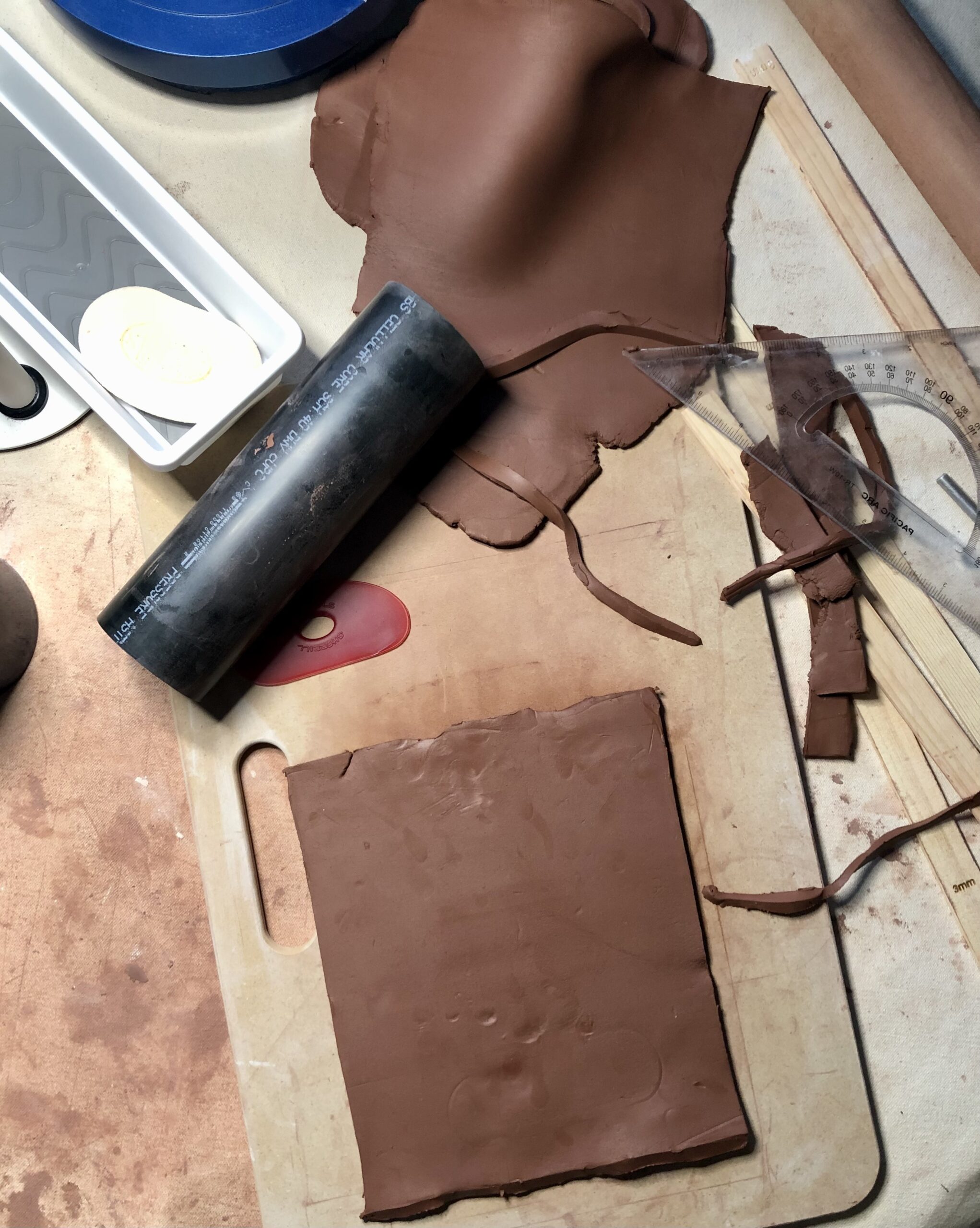10 Tips to Prevent Clay from Warping: A Beginner’s Guide to Pottery
Welcome to the world of pottery! If you’ve just started, you may have noticed that one of the most common problems beginners face is clay warping. Warping happens when your clay piece distorts or loses its intended shape during drying or firing, and it can be frustrating, especially when you’re trying to create the perfect piece.
In this blog post, we’ll share 10 essential tips to help you prevent clay from warping, so your pottery projects stay on track. Whether you’re crafting bowls, mugs, or sculptures, these simple strategies will help keep your pieces intact and beautiful.
1. Choose the Right Clay Body
The type of clay you use plays a significant role in how your piece behaves during drying and firing. Some clay bodies are more prone to warping due to their composition. For beginners, it’s a good idea to start with a stoneware or porcelain clay that is durable and less prone to shrinkage. If you’re using earthenware, be extra cautious with your drying techniques.
2. Evenly Apply Thickness
One of the leading causes of warping is uneven thickness in your clay piece. When one part of the piece dries faster than another, it can lead to cracks or distortion. Always aim for uniform thickness throughout your creation, especially around the bottom and rim. Use calipers to measure, or gently squeeze your piece to check for evenness.
3. Dry Slowly and Evenly
Rapid drying is a major culprit behind warping. Allow your pottery to dry gradually and evenly by placing it in a cool, dry area with good airflow. Avoid direct sunlight or hot, dry rooms that can cause uneven drying. Cover your piece with a damp cloth or plastic wrap to slow the process, especially if it’s large.
4. Flip Your Pieces Regularly
When drying your pottery, be sure to flip your pieces regularly to ensure that both the top and bottom dry at the same rate. This can help avoid the uneven contraction that causes warping. For larger pieces, you can use a bisque board or platform to allow air circulation underneath.
5. Use a Damp Sponge
As you’re shaping or working with the clay, occasionally use a damp sponge to maintain an even moisture level in your piece. This can help prevent the edges from drying too quickly and becoming too rigid, which can cause warping.
6. Avoid Overworking the Clay
It’s easy to get carried away when you’re first learning, but overworking the clay can weaken its structure and lead to warping. Be gentle when handling your clay, and avoid pulling or stretching it too much. If you’re throwing on the wheel, keep your hands steady and maintain a consistent speed.
7. Support the Piece During Drying
To prevent the walls of your clay piece from warping as they dry, consider using supports like foam pads or crumpled newspaper inside the piece. This is particularly important for tall forms or thin-walled pieces. Padding the base can also help prevent cracking and warping as the piece dries.
8. Drying Time: Patience is Key
Don’t rush the drying process. Allow enough time for your piece to dry evenly and thoroughly. It’s a good idea to wait 24 to 48 hours before bisque firing your piece, depending on its size and thickness. If you’re working with a particularly large or thick piece, the drying process can take up to a week.
9. Correct Your Piece After Shaping
If you notice any minor warping or irregularities while shaping your pottery, correct them early. Keep an eye on symmetry during both the wheel-throwing and handbuilding processes. Small adjustments made while the clay is still soft are far easier than fixing warps that have set in.
10. Firing Consistency
The firing process can also contribute to warping if done incorrectly. Ensure your kiln is properly calibrated and firing at the correct temperature. If the firing is too fast or uneven, your piece might warp or crack. Always fire your pottery slowly in a bisque firing before applying glazes, and make sure the kiln’s temperature ramps up at a consistent rate.
Conclusion
By following these 10 tips, you can minimize the chances of warping and produce beautiful, stable pottery pieces. Patience, practice, and attention to detail are key to mastering the craft, and as you continue to work with clay, you’ll get a better sense of how your materials behave. Keep experimenting, and soon enough, warping will become a thing of the past!
Tags: pottery tips, preventing clay warping, pottery for beginners, clay warping solutions, pottery drying tips, pottery shaping tips, pottery techniques, pottery troubleshooting, beginner pottery guide
If you have any other tips or questions about working with clay, feel free to leave a comment below! Happy potting from Potterings.

